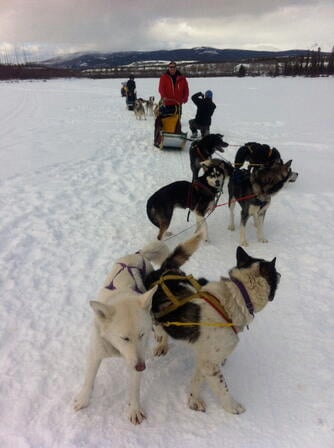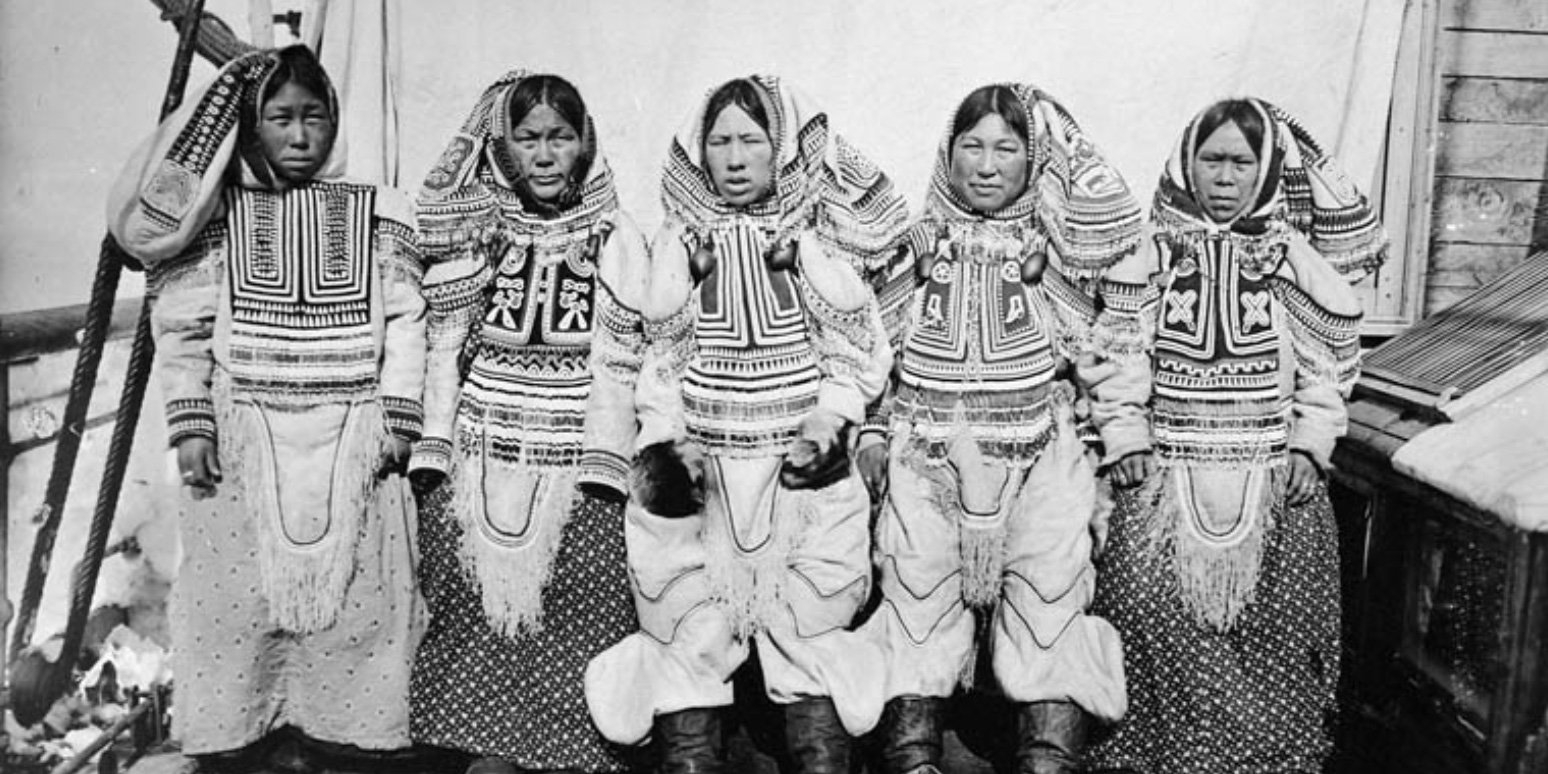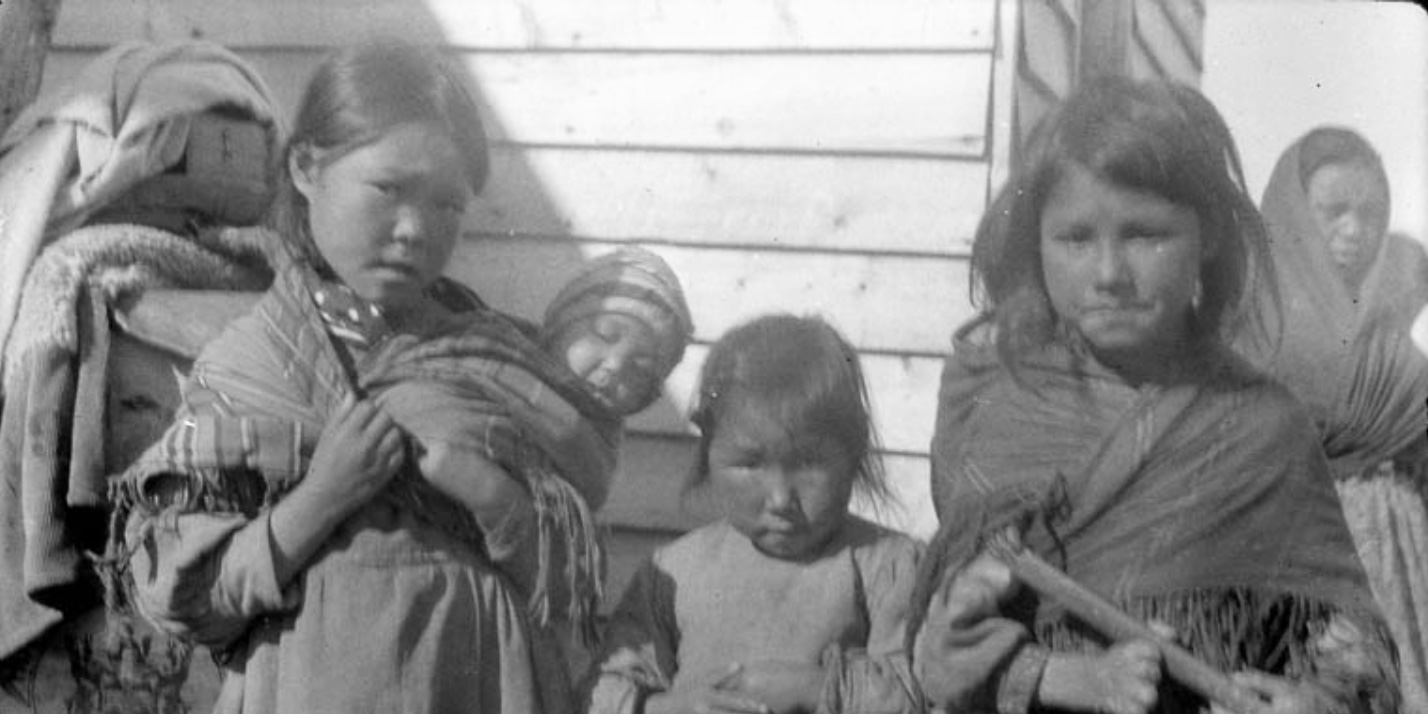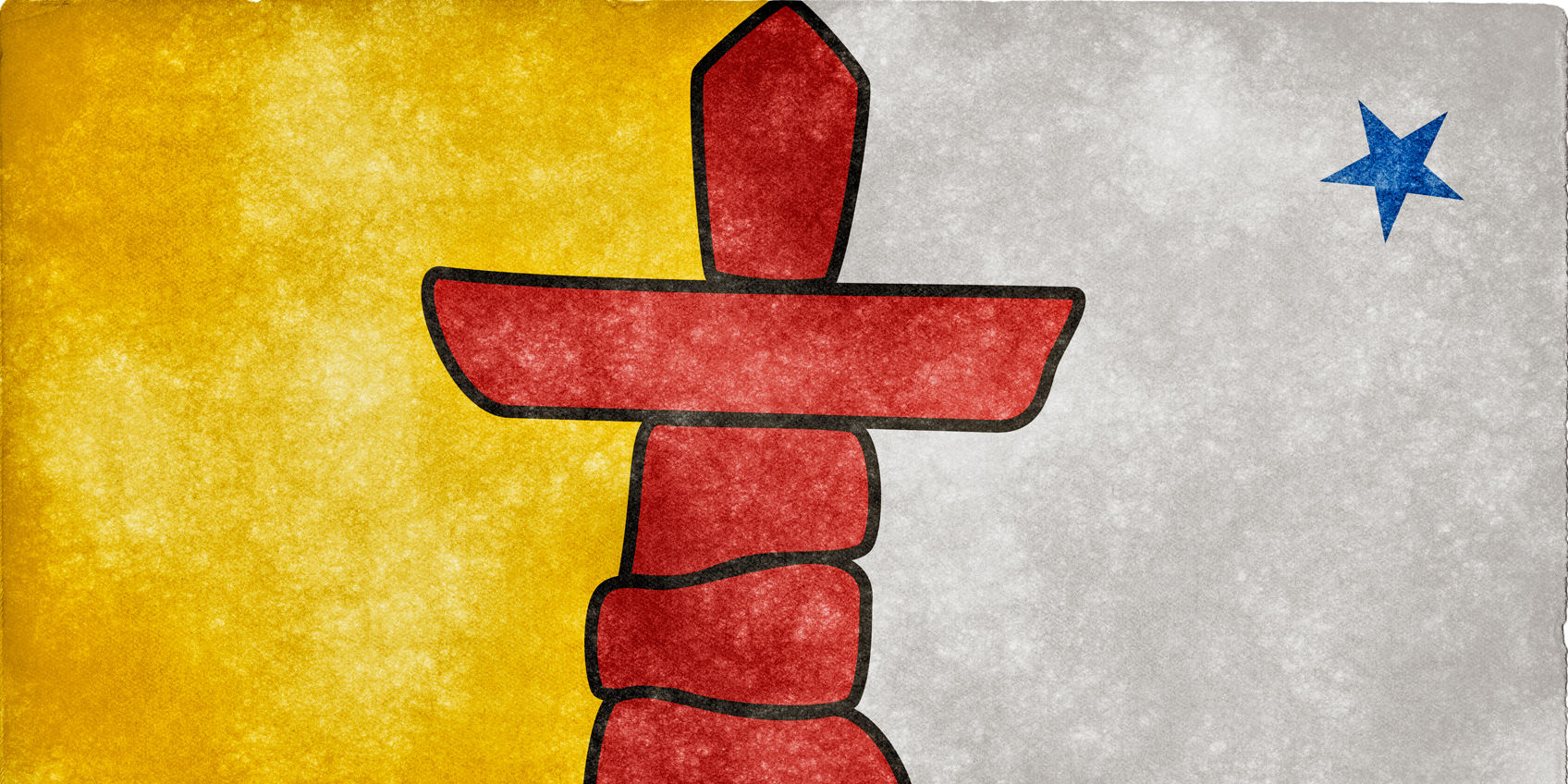3 Mistakes People Make When Working With the Inuit
The Inuit were identified as one of Canada's three distinct Aboriginal peoples in the Constitution Act of 1982 and as such Inuit have their own...
Earlier this week I delivered a pre-conference Working Effectively with Indigenous Peoples® training session at the 3rd annual Yukon First Nations Resource Conference and Student Job Fair in 2012. The session was well attended and we were fortunate enough to receive the following feedback:
“Appreciate the openness of discussion and particularly of the presentation and presenter - all from a place of respect, knowledge, and integrity of the topic.”
Thanks to Liz over at Allied Container Systems Inc for those kind words.

Before my training session I spent some time with Muktuk Adventures learning firsthand about dogsleds in the Yukon. Qimmiq means Inuit dog in Inuktitut, the language of the Inuit. For over 4000 years Inuit dogs have been providing companionship, hunting, transportation, and as a last resort, nutrition to the Inuit People. In addition to these practical roles, the dog played a large part in the cultural, family, and spiritual lives of the Inuit.
Working with Indigenous Communities: ONT SPCA Launches Year of the Northern Dog Campaign
During the 1950s and 1960s the federal government carried out a campaign to slaughter the Inuit dog to force Aboriginal Peoples off the land and into homes and within federal programs. The Inuit contended for decades that this slaughter harmed the Inuit’s identity and sought acknowledgement of harm to their culture. In August 2011, the Quebec government acknowledged this harm and provided $3 million to the Inuit to help with protection and promotion of Inuit culture.
While I was in Whitehorse I learned there are still Inuit dogs around but they can be difficult to find with the crossbreeding that has happened. It turns out that the new crossbreeds are not as tough as the purebred dogs when it comes to the harsh climate conditions. I also learned that true Inuit dogs do not bark, but rather howl as they are closely related to the wolf.
A famous dog sled race in the Yukon is the Yukon Quest. It is a 1000 mile international dog sled race between Whitehorse in the Yukon and Fairbanks in Alaska following old Gold Rush and mail delivery routes taking, depending on weather conditions, from 10 to 16 days to complete.
My adventure in dogsledding wasn’t as long as the Yukon Quest, a mere 2.5 hours, but I must say I really did enjoy the activity. The people at Muktuk were great. Courteous, friendly, caring and passionate for the activity and the dogs. During our trip (there were eight in our group with two people per sled) we traveled up river and back for a total of 15 kilometers with speeds averaging 10 to 21 kms per hour. Everyone that went had an opportunity to ride and to drive the sled and team. Hot choc’y and snacks inside the cabin at the end of the afternoon were a nice treat and reminded me to definitely bring the family next time. I know the kids will love it.
Do you want more articles delivered to your inbox? Sign up for our Indigenous Relations Bulletin to receive our latest blog articles, hints, and tips.

The Inuit were identified as one of Canada's three distinct Aboriginal peoples in the Constitution Act of 1982 and as such Inuit have their own...

Inuit children, Belcher Islands (Nunavut) 1927. Photo: Lachlan T. Burwash / Department of Indian Affairs and Northern Development fonds / Library...

The Nunavut Land Claims Agreement (NLCA) is remarkable on many points, but perhaps the most significant is that this Agreement gave the Inuit of...